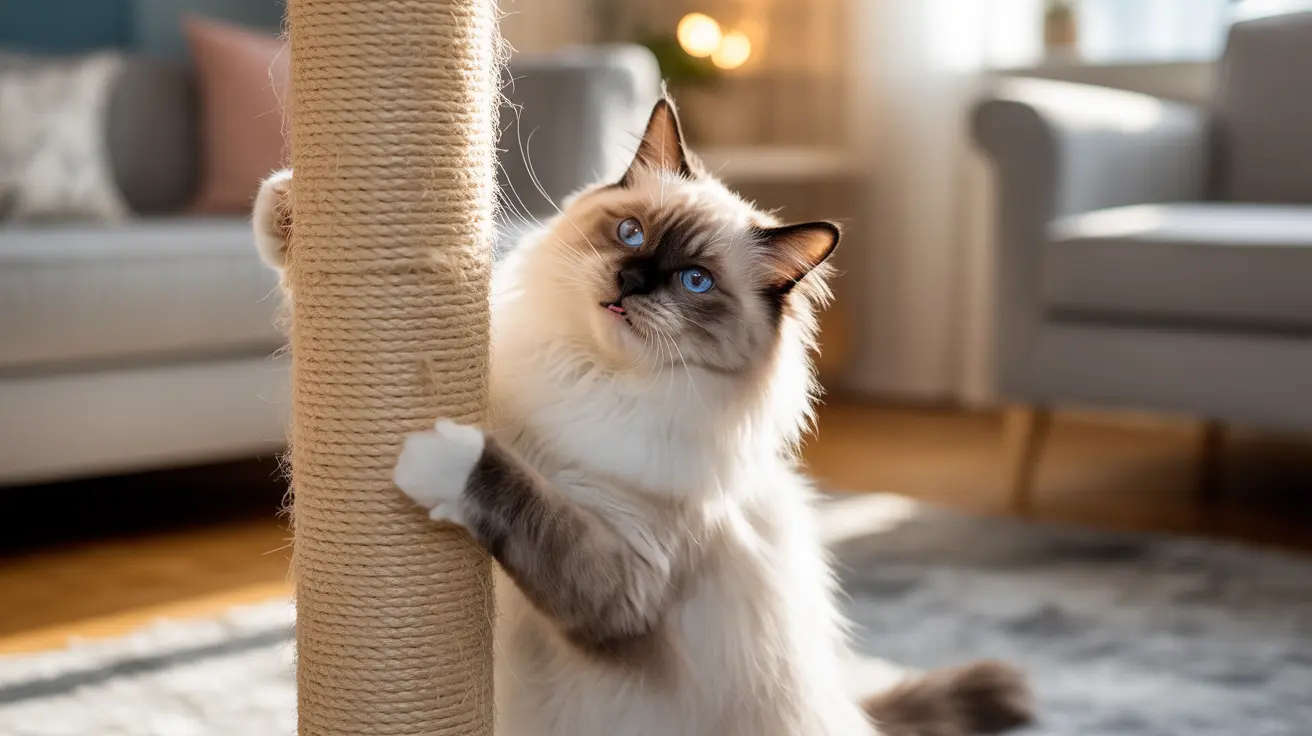Gastroparesis in cats is a serious digestive disorder that affects the stomach's ability to empty food into the intestines properly. This condition, also known as delayed gastric emptying, can significantly impact your cat's health and quality of life. Understanding this condition is crucial for pet owners to ensure early detection and proper management.
When a cat develops gastroparesis, the normal muscular contractions that move food through the digestive system become impaired or stop altogether. This can lead to a range of uncomfortable symptoms and potentially serious health complications if left untreated.
Common Causes of Feline Gastroparesis
Several factors can contribute to the development of gastroparesis in cats:
- Metabolic disorders (diabetes, kidney disease, thyroid conditions)
- Neurological conditions affecting the vagus nerve
- Inflammatory bowel disease
- Previous gastrointestinal surgery
- Certain medications
- Idiopathic causes (no identifiable reason)
Recognizing the Signs of Gastroparesis
Early detection of gastroparesis symptoms can lead to better treatment outcomes. Common signs include:
- Chronic vomiting, especially after meals
- Loss of appetite or reduced food intake
- Weight loss and muscle wasting
- Bloating and abdominal discomfort
- Lethargy and decreased activity
- Excessive drooling or lip-smacking
Diagnostic Process
Veterinarians use various methods to diagnose gastroparesis in cats:
- Physical examination and detailed medical history
- Blood tests to check for underlying conditions
- Imaging studies (X-rays and ultrasound)
- Contrast radiography to assess gastric emptying
- Endoscopic examination when necessary
Treatment Approaches and Management
Medical Interventions
Treatment typically involves a multi-faceted approach:
- Prokinetic medications to improve gastric motility
- Anti-nausea medications
- Fluid therapy for dehydrated cats
- Treatment of any underlying conditions
Dietary Management
Proper nutrition plays a crucial role in managing gastroparesis:
- Small, frequent meals throughout the day
- Low-fat, easily digestible food
- Liquid or semi-liquid diets when necessary
- Special veterinary prescription diets
Long-term Outlook and Management
While gastroparesis in cats can be challenging to manage, many cats respond well to treatment when properly diagnosed and monitored. Regular veterinary check-ups and careful adherence to treatment plans are essential for maintaining quality of life.
Frequently Asked Questions
What are the common signs and symptoms of gastroparesis in cats that I should watch for?
The most common signs include chronic vomiting (especially after meals), decreased appetite, weight loss, and lethargy. You may also notice bloating, drooling, and changes in eating habits.
How is gastroparesis diagnosed in cats, and what tests does a vet typically perform?
Diagnosis typically involves blood work, imaging studies (X-rays and ultrasound), and sometimes contrast radiography to assess gastric emptying. Your vet may also recommend endoscopy in some cases.
What dietary changes can help manage gastroparesis in cats and improve their digestion?
Feeding small, frequent meals of easily digestible, low-fat food is recommended. Some cats benefit from liquid or semi-liquid diets. Working with your veterinarian to develop a specialized feeding plan is crucial.
What treatment options are available for cats diagnosed with gastroparesis?
Treatment options include prokinetic medications to improve stomach motility, anti-nausea medications, fluid therapy, and dietary modifications. Treatment of any underlying conditions is also essential.
Can gastroparesis in cats be cured, and what is the long-term outlook for cats with this condition?
While gastroparesis cannot always be cured, it can often be successfully managed with proper treatment. The long-term outlook depends on the underlying cause and how well the cat responds to treatment. Many cats maintain a good quality of life with ongoing management.
Managing gastroparesis in cats requires dedication and patience, but with proper veterinary care and consistent home management, many cats can live comfortable, happy lives despite this condition. Regular monitoring and adjustments to treatment plans as needed will help ensure the best possible outcomes for affected cats.






